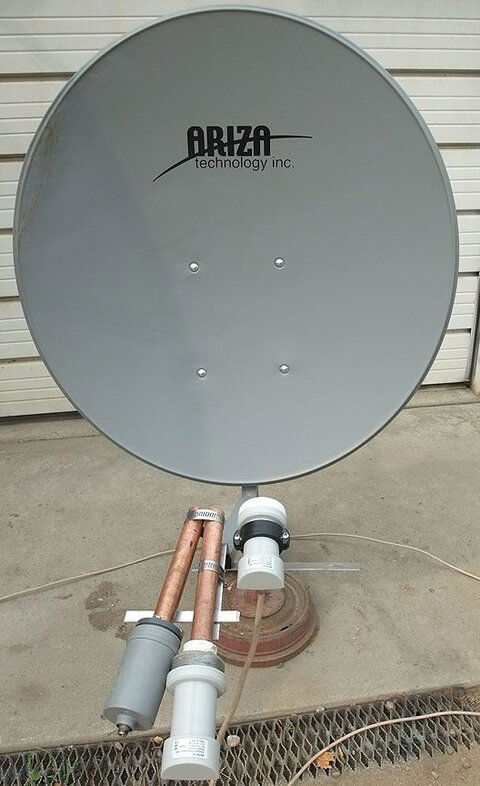Looks like the copper pipe goes into a C120 flange on the left LNB. It would be around the correct diameter. Actually this might work; if you look at the feeds DN put on the Superdish, these pipes are only a little cruder.
I defer to your knowledge of these things, and after researching the OP's other posts, I see no reason to question his qualifications or claims, but the damn thing just looks really weird. I'm all for thinking 'outside the box' and this demonstration gets moved to the top of my list in that respect.
.........so if the focal point is at the end (or beginning?) of the "waveguide", the distance to the actual lnb input element is irrelevant?
Makes me start invisioning a homebrew multi port eliptical (or conical?) scaler assy..........
Merging ideas from two different Mad Scientist's research projects, if one used the same diameter copper pipe as the throat of a C band LNB(F) theoreticly could one yield the same result in moving the C band assy to a position that is more "adjacent LNB" mount friendly?
or
optimizing the mini bud C band feed assy and boring holes in the scaler for the adjacent Ku LNB(s) to be mounted in a more position adjistable mount.
Could this be a solution for adding one or more Ku LNBs to a prime focus dish to 'pick off' the correct focal point for Ku without compromising the C band portion?
Microwaves....gotta love 'em.....lol
Damn, I'm starting to sound like my grandkids. "What's this for?, How does this work?, What does that do?......"lol


